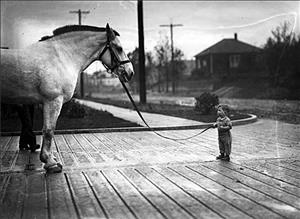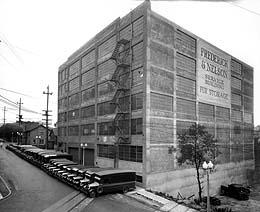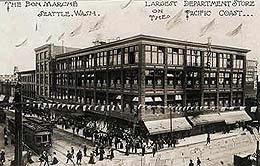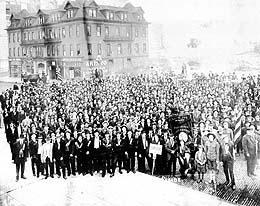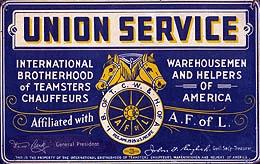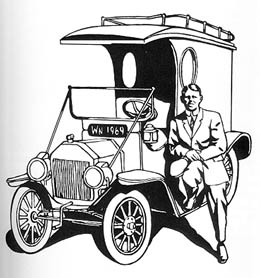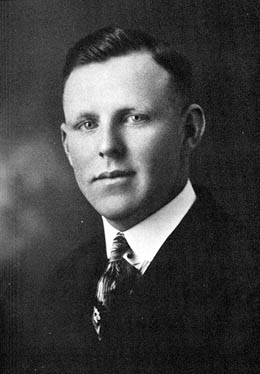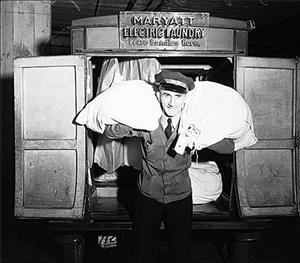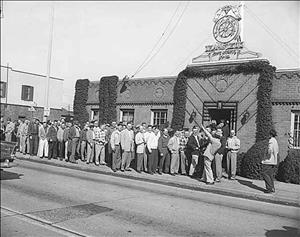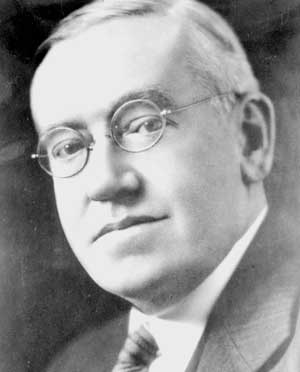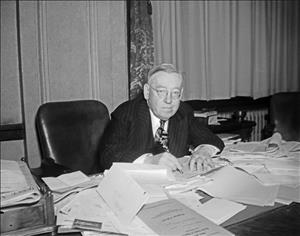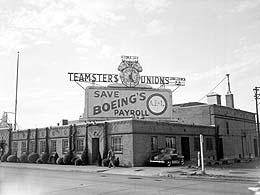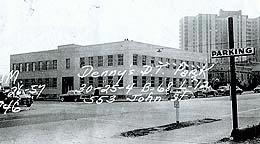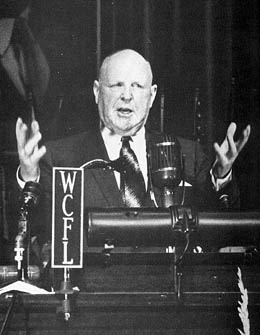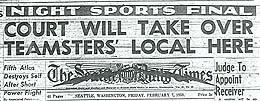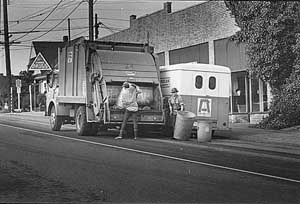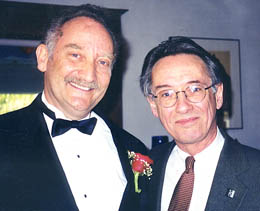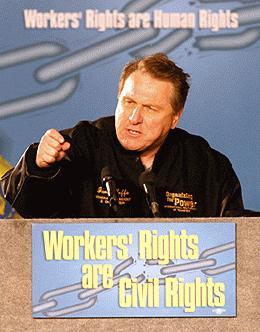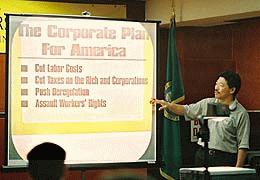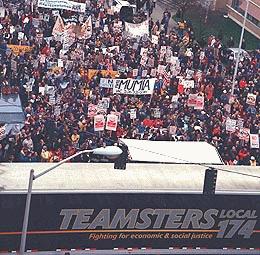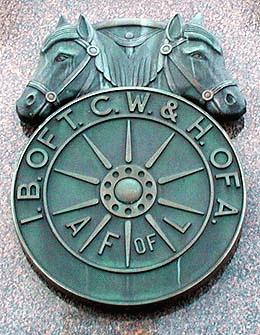The local was a major force in the area’s dramatic rise in unionization prior to World War I and it gained strength through the 1920s and Great Depression under the leadership of Dave Beck and Frank Brewster.
After World War II, 174 Secretary-Treasurer George Cavano achieved national respect as an honest and creative unionist. The local weathered the “union-busting” assaults of the 1980s to emerge as a progressive force in the regional labor movement, and it joined forces with environmentalists and human rights advocates to challenge the rush to globalization during the 1999 WTO meeting in Seattle.
Today, Teamsters Local 174 is respected by friend and foe alike as a proud, militant, and creative democratic organization dedicated to serving the best interests not only of its membership but of the entire community.


